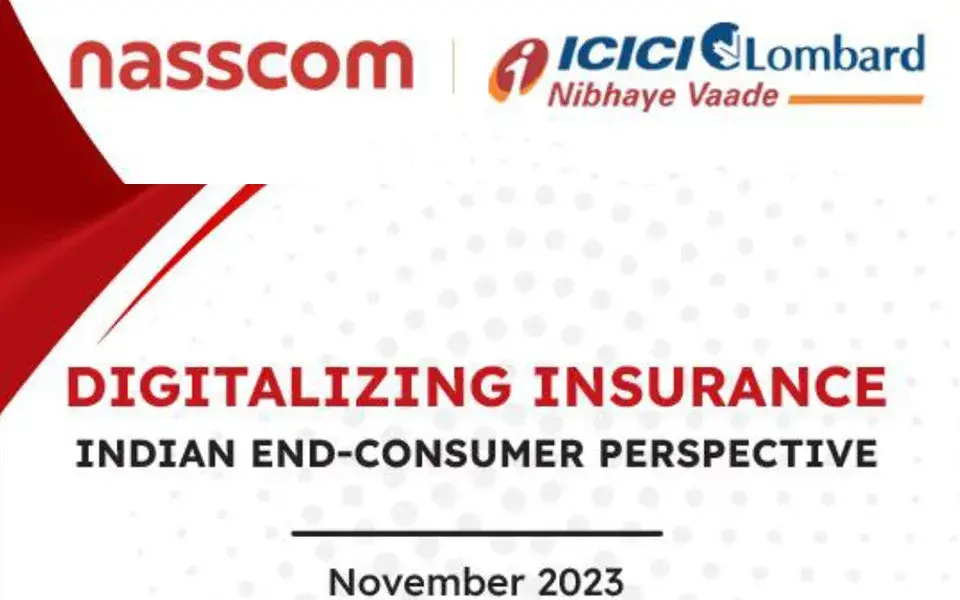The pandemic has had a profound effect on supply chains, businesses and economies. In the last few months, financial institutions in India have scaled quickly to safeguard their employees, transform their operations, and serve their customers in new ways. Like most essential services, they have leveraged technology to enable their employees for remote working; answer basic customer queries online; reconfigured, augmented, and secured operations to support changing volumes and business continuity and have also started to relook at their risk and fraud models.
As financial institutions move to a reset, recover and revive phase, the new normal looks very different. They will have to reconfigure their business and operating models for an environment of higher numbers of non-performing loans and defaults, low interest rates, credit tightening, and capital constraints.
- Sustainable cost structures : Financial institutions will have to act quickly to cut more cost, and uncover new savings and efficiencies. More importantly they will need to deliver a sustainable cost structure without impacting their customers, resiliency, compliance, and security requirements.
- Operational resiliency : The rapid impact of COVID-19 on the global economies has reinforced the importance of operational resilience. Financial institutions will acknowledge that, to succeed, they must invest in technology that will help in the preparation for an uncertain future and speedy recovery.
- Reinvented customer relationships : The uncertain market environment, remote working and change in consumption has impacted the routines and expectations of customers in terms of digital adaptation. Banks will need to look at approaching and engaging with customers in innovative new ways. Platform business models can significantly benefit customers and, therefore, banks themselves. Using market platforms, banks can enable trusted exchanges, as well as provide infrastructure and rules for marketplaces.
A forward-looking institution can seize these challenges and convert them to an opportunity by accelerating their migration to a new business architecture. This architecture can be built on next-generation customer experiences embedded in customer ecosystems, enabled by Artificial Intelligent (AI) engagement and digitalized end-to-end journeys. It relies on a data environment transformed with structured and unstructured, open or proprietary data. Advanced analytical tools and AI help manage vast information flows. This new architecture can be security-rich and compliant with effective risk reduction and more efficient compliance operations. Finally, enterprises can radically transform their operations to be digital, agile, and intelligent, with modernized applications deployed on hybrid multi-cloud environments. They can be designed for resilience, with built in scalability, virtually zero risk tolerance at a structurally lower cost, and they can offer entirely new ways of working and serving clients.
Envisioning the way forward in the New Normal :
As the new normal for banking organizations will revolve around radically lower cost structures, operational resiliency, and reinvented customer experiences, by powering extreme digitization, that is ‘Cloud-first’, banks can prepare themselves for a dynamic future.
To set out on this path toward extreme digitization, banking industry leaders can take four initial steps.
Step 1: Envision possibilities with design thinking
Conduct envisioning sessions based on design thinking to produce a definitive reinvention blueprint. Through deep conversations and in-depth marketing analysis, develop a better understanding of customer needs, aspirations, and desires. Brainstorm new ideas to enhance engagement and visualize unexpected customer scenarios. Incorporate external stakeholders, including customers, in these sessions to encourage thinking that goes beyond business as usual.
Step 2: Test Proof of Concept (POC’s)
Develop POC’s using agile development, test them with customers, and get them to market quickly to promote feedback and iteration. Establish communities of interest to create “safe” environments to beta test innovations and include them as a central part of design and development processes.
Step 3: Deepen capabilities:
Augment strategic initiatives with digital capabilities. Continue to build and deploy necessary applications aligned to the targeted digital reinvention operating model, platform, and ecosystem strategy. As pilots evolve, impediments to development will emerge, highlighting limitations in existing capabilities. Enact a continuous, iterative approach to address deficiencies by building new or extending existing capabilities.
Step 4: Scale through orchestrated ecosystems
Embrace a strategy based on holistic reinvention rather than a series of point solutions. Maintain a clear focus on the needs, aspirations, and desires of customers, clients (such as partners), and colleagues (such as service providers). Scale through orchestrated ecosystems to expand and align a broader set of capabilities to help create and deliver on customer promises.
Extreme Digitization, Cloud First
Extreme digitization will start with evolving the customer experience-creating more cohesive and personal digital journeys by combining and integrating every aspect into a single platform and tooling. Moving beyond the customer interface, digitization includes middle and back-office operations, and support functions where processes are transformed and automated into intelligent workflows.
Banks cannot necessarily envision what new services their customers will demand, or, more importantly, when they will require them. For example, if a critical mass of banking customers are logging onto the site concurrently, it could over exhaust the servers, slowing down customer interactions and ultimately impacting the overall brand experience. The fear of the COVID-19 virus combined with the availability of safe and convenient technology has stimulated all businesses to adopt digital or zero touch payment methods. This will not only solve the issue of cashless payments but would empower them to scale their businesses and secure more customers in the years to come.
Addressing the above is a part of the promise of a Hybrid Cloud. It lets institutions scale up and down as needed, providing both instant and long-term flexibility that enables them to adapt and move with continually changing conditions. An open, hybrid cloud platform enables financial institutions to securely build, run, and manage applications and workloads in a consistent way across virtually any environment. It doesn’t just stop there; in fact, there are several significant benefits to a sophisticated hybrid cloud strategy.
- Helps banks scale their data needs in real-time, which avoids the expensive proposition of maintaining much unused digital capacity.
- Enable banks to move digital resources where they are needed quickly, allowing them to respond to shifting customer demands.
- Speeds up innovation not limited to a specific geographical location or organization.
- Ensures data security. Security threats change constantly, and hybrid cloud gives banks access to tools like AI that will be critical to identifying and addressing cyber threats.
- New regulatory and compliance frameworks like Data privacy, GDPR and varying regional consumer privacy acts – a highly regulated industry, banks require the right mix of public cloud flexibility and private cloud security.
In conclusion, the bank of the future will need to redesign customer proximity by using data to personalize their offers (output economy) and by infusing AI into interactions. The “data-driven bank” will be based on the “data-enabled client.” This model generates new value, understanding how digital relationships can truly create closeness and positive impact even during a crisis. Trusted digital relationships are not only the real asset of banking organizations facing a different normal, but a necessary mechanism to help communities weather the storm and emerge robust and ready for the future.

Authored by Sandip Patel, Managing Director, IBM India/South Asia















